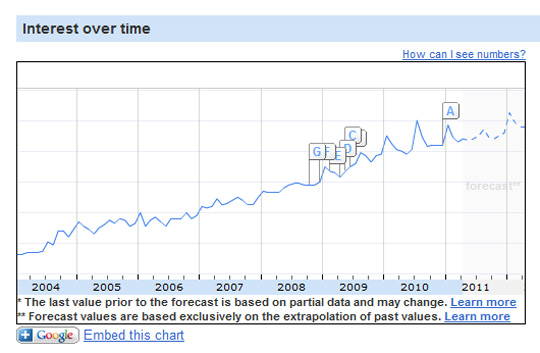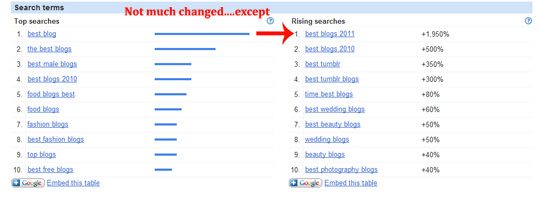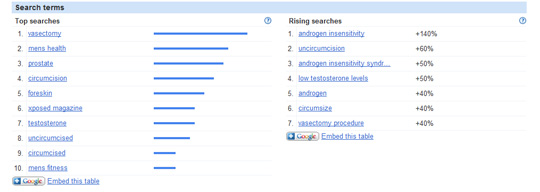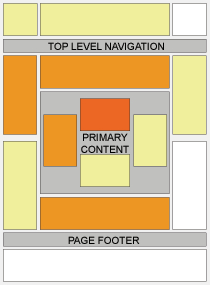The problem with good keywords is that they are usually not words at all. Good SEO keywords are usually phrases, that is, two or more words strung together in a saying or idea. When you enter keywords into your meta keywords section, don’t use words, use phrases.
Why? I’ll give you two reasons.
1. There are too many single keywords
While you can use single-word keywords, you will be vying for position with the millions of other websites that also use the same keyword.
Let’s say, for example, you are writing a post about how to prepare a manuscript for ebook publishing. While you could use the keyword “ebook,” you will be up against the millions of other blog posts about ebooks, even if they are about ebook readers, ebook sales, or ebook marketing.
By lengthening your keyword into a keyword phrase, such as “ebook publishing,” or maybe even “prepare manuscript for ebook publishing,” you significantly narrow the field of competitive websites, which allows your page to rise higher in Google Search results for that phrase.
Reason 2. Nobody searches for single keywords
When was the last time you searched for something on Google using only one word? That’s right: never.
If you are searching for ebook publishing tips, you don’t search for “ebook” or for “publishing.” Both are too broad. Instead, you search for the complete phrase, “ebook publishing tips.” If that is how you search for relevant sites, then that is also how you should write and prepare your own pages and posts so others can find your sites.
Boost relevance using Google Insights for Search
One helpful site I use to search for relevant keyword phrases to use in my blog posts is Google Insights for Search.
At the top of the page, you enter the single keyword or keyword phrase that you’d like to write a post about. You can choose options including a geographical area of the world you want to focus on, or which timeframe you are interested in, and then hit Search.
Here is a brief video from Google about what Google Insights can do.
Let’s look a little deeper into how you can use Google Insights for Search to write blog posts around a central keyword or phrase. Let us say, for example, you wanted to write a post on the “top blogs.” If you entered “top blogs” as a search term, and did not change anything else, you would discover that since 2004, the interest in searches related to “top blogs” has been steadily increasing.
This is good news! You have hit on a rising trend which might make a good blog post or, better yet, blog series.
But Google Insights also provides you with a list of related keywords and key phrases that people have been searching for on Google, as well as keyword trends:
The phrase you originally searched for, “top blogs,” does not appear to be the best choice of keywords. Better and more popular phrases appear on the left, with breakout trends on the right. As indicated, the word “breakout” means that over the timespan chosen, this keyword has trended by 5000% or more.
Choose a few of the phrases or words that are most popular or are trending upward, and write your post focusing on those terms. As the picture below shows, you might be better off focusing on terms like “top blog,” “the top blogs,” “best blogs 2010,” or “best design blogs.”
However—and this is crucial—this search, while helpful, does not show recent trending. Remember, it is using the default search criteria, which go all the way back to 2004. You want more recent trends to understand current searches. So one thing you could do is adjust the timeframe filter, maybe to just the last 12 months, as shown in the picture below:
By adjusting the timeframe filter, you can get a bitter picture of what people are searching for more recently. As the following image shows, not much has changed except the top search phrase on the right. People want to know what the best blogs of 2011 were. Maybe you could write a blog post on that instead of the more generic idea of “best blogs.”
Let me give one final example.
Let’s say you are launching a blog about men’s health. Naturally, you want lots of visitors as soon as possible. So what sorts of posts would be best to start with? Let Google Insights for Search tell you. You would begin by leaving the keyword search field blank, and then change the filters to reflect a recent timeframe and the “Men’s Health” category.
By doing this, you discover the most popular and upward trending search phrases on Google.
It would appear that if you were launching a blog post on men’s health, you would be wise to do a series on vasectomies, androgen insensitivity, circumcision, and uncircumcision.
Hmm, I wonder why those search terms are popular? I’ll let you research that on your own … but not on your work computer—your boss may not understand!
Using Google Insights for Search to help select better keyword phrases will not automatically rocket your website to the top of Google Search results, but such a practice will help you write more targeted and focused articles, which over time will provide you with more readers.
Have you used Google Insights for Search yet? Share your experience in the comments below.








